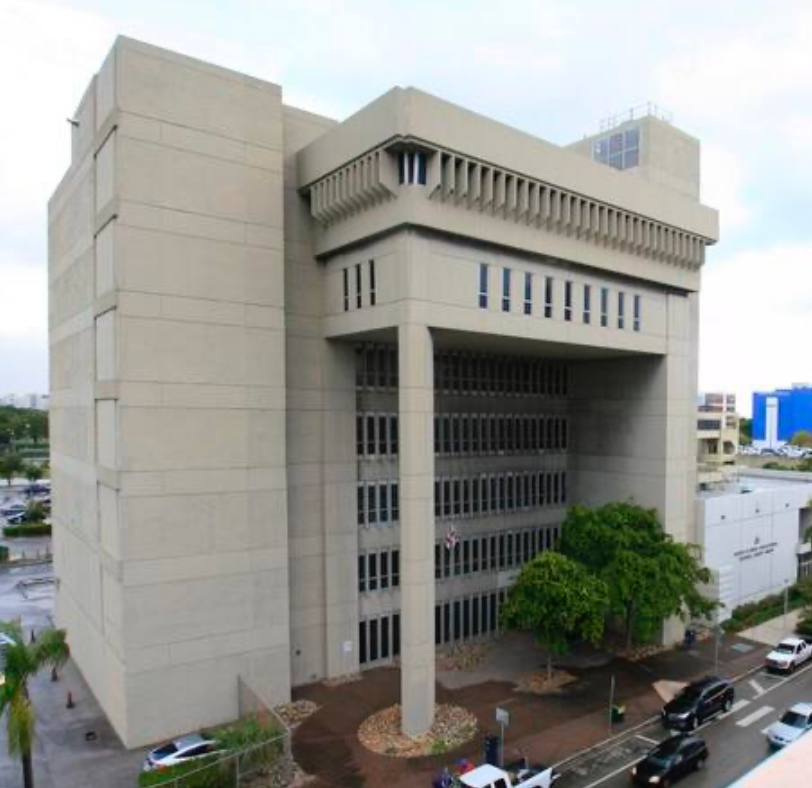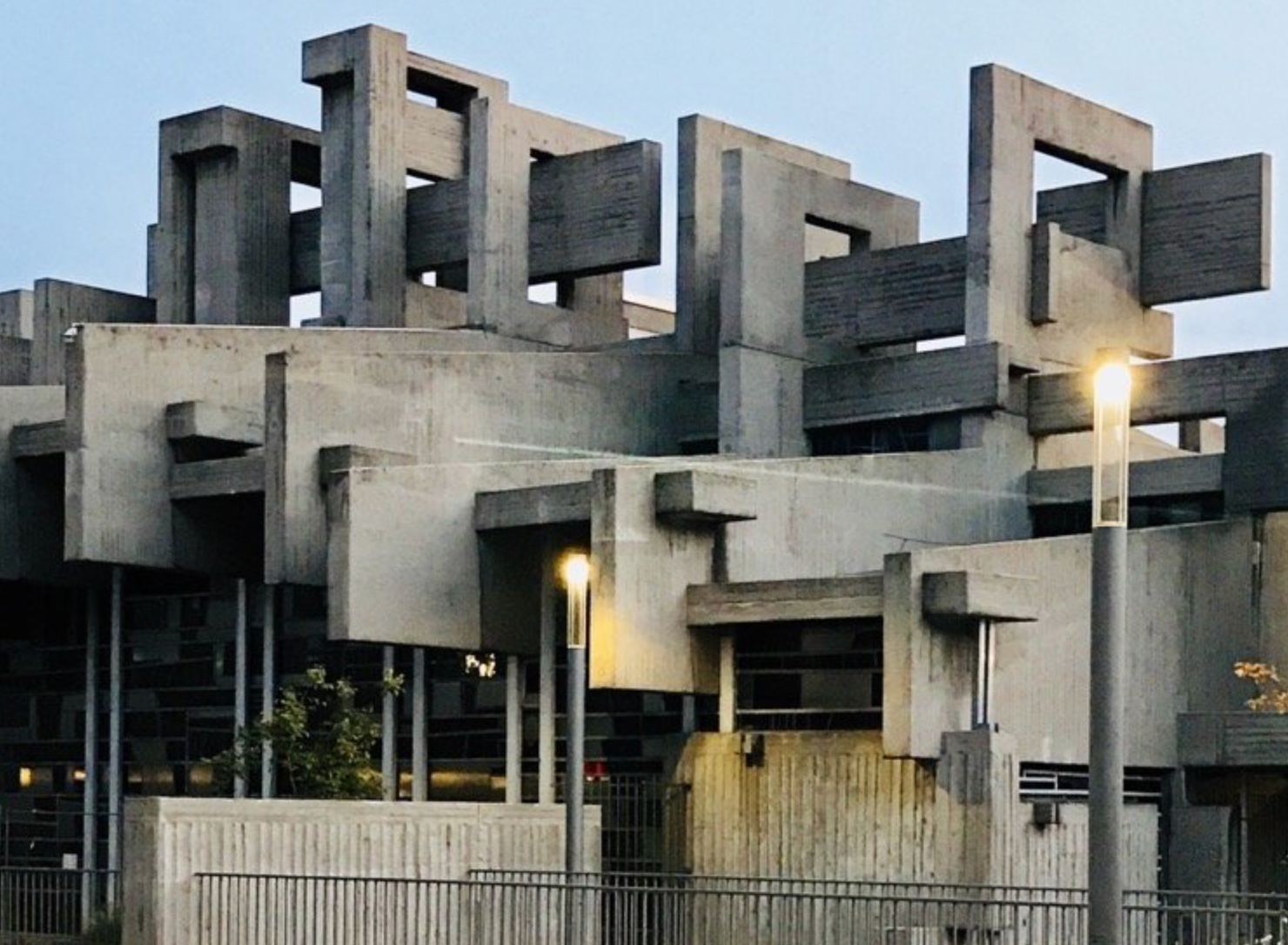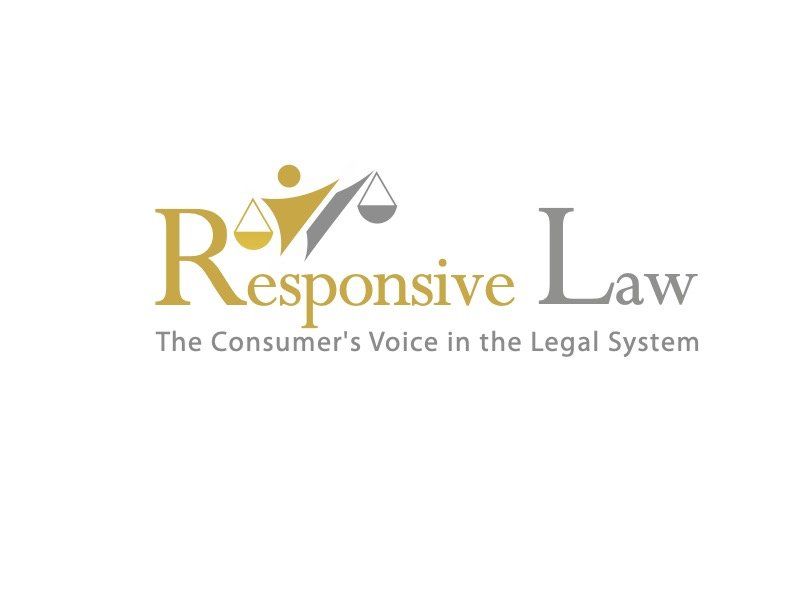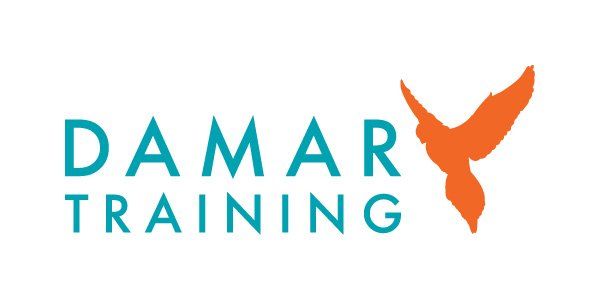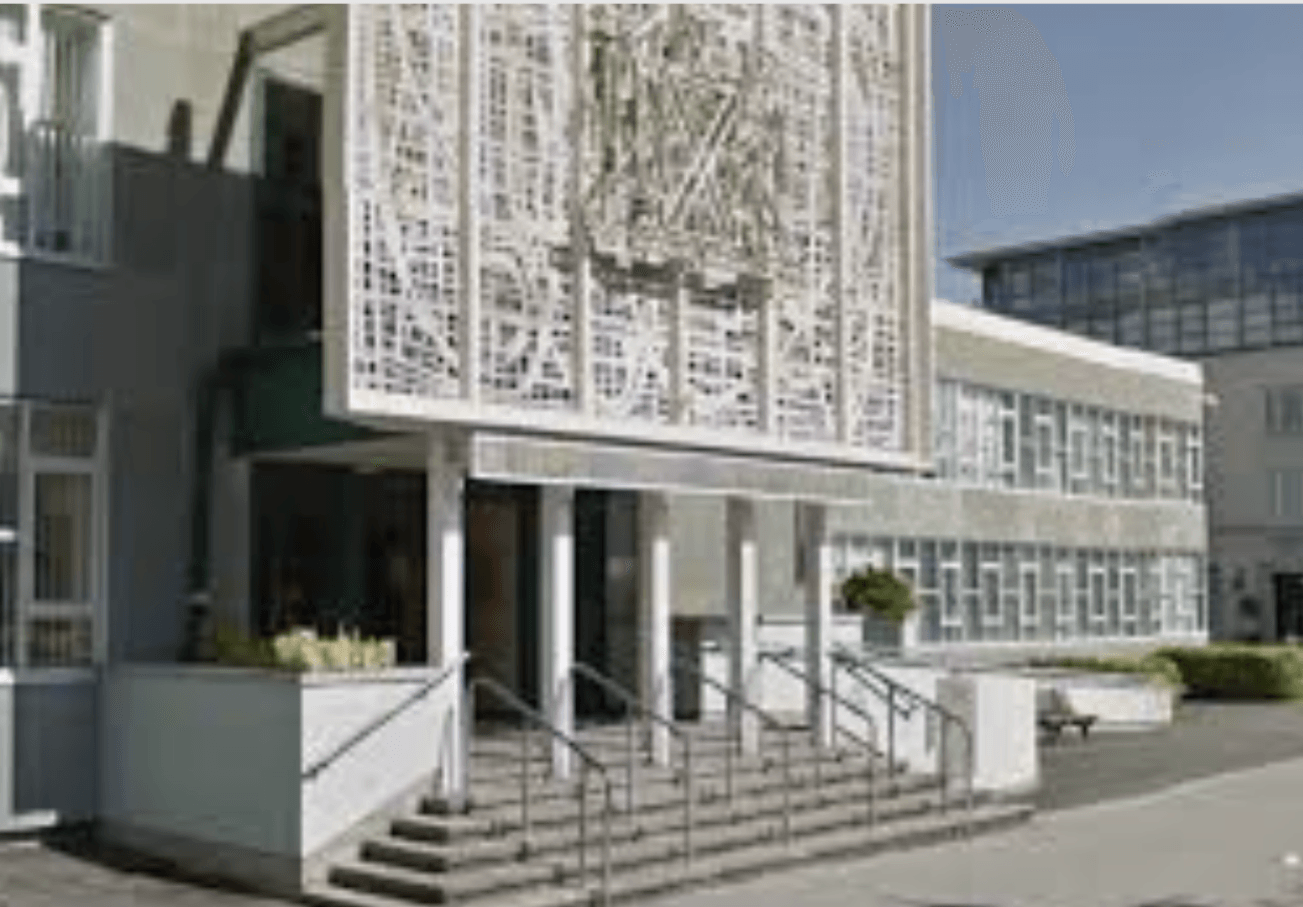US regulatory reform and innovation
A guest blog from the team @ Innovation for Justice - the nation’s first and only cross-discipline, cross-institution, and cross-jurisdiction legal innovation lab

The U.S. legal profession is once again at a crossroads. Across the country, emerging regulatory developments in Utah, Arizona, Alaska, and New York have sought to reimagine the rules concerning the unauthorized practice of law (UPL) and to close–not just bridge–the country’s access to justice gap. It is at this new frontier of legal innovation that we have seen an explosive growth of justice-sector technologies, each aimed at offering a convenient alternative to traditional legal processes and reducing existing barriers for self-represented litigants.
These efforts to transform regulation and technology are representative of a broader movement toward community-driven justice and, as Civil Rights leader Ella Baker once noted, of a world where “strong people don’t need strong leaders.” This sentiment and the nationwide UPL reforms underlying it necessarily concern lawyers:
Gallup polling over the past decade has found that public faith in the honesty and ethics of lawyers continues to hover at around 20 percent. If we are to rebuild faith in legal justice, we must start by reimagining how justice works.
For too many, this change cannot come soon enough. Reporting from the
Legal Services Corporation estimates that 74 percent of low-income households experienced at least one civil legal problem between 2021 and 2022 alone, and that 92% of them did not get any or enough legal help. But this strain on justice is not evenly experienced. As communities, scholars, and our profession know all too well, our crisis of unmet legal need affects both low- and
middle-income Americans and is one that is disparately felt by communities of color, women, disabled individuals, and families with children.
Thus, for all unrepresented individuals with civil legal needs in this country, the possibility of redesigning justice
beyond our reliance on lawyers has never been more needed and real than in this moment. The central question facing these developments, however, is what role each sector of our profession will play in either supporting or stalling this work in service of communities. Particularly for our work, how and where will the legal tech market figure in this movement?
From our vantage point as people engaged in these regulatory reform and tech transformation efforts, it is abundantly clear that the work to transform justice will be Herculean, ineffective, and even potentially harmful
if done alone. At Innovation 4 Justice, this reality is reflected in our work across silos and spaces to reimagine legal work. As the nation’s first and only cross-discipline, cross-institution, cross-jurisdiction, and social-justice-oriented legal innovation lab,
Innovation for Justice (i4J) works in service of communities to design, implement, and evaluate the access to justice solutions that they want and need.
Our
Service Impact Area engages in this work by leveraging regulatory reform to design new service models with and for those for whom justice has been inaccessible for far too long. We do this by equipping non-lawyer community advocates with the tools necessary to provide upstream, trauma-informed, limited-scope legal advice to the low-income community members they already serve. At i4J, we–like
legal visionaries before us–know that “there is a place called Justice, and it will take many voices to get there.”
Here enters the promise and power of collective action from fellow legal innovators. In i4J’s
System Impact Area, we deploy user experience (UX) methodologies to evaluate and redesign both existing and emerging public-facing justice sector technologies, with a core goal of ensuring that they serve the needs of all users of the civil legal system. Our human-centered approach prevents existing systemic barriers from being unintentionally transferred online into new justice-sector technologies and proactively addresses new obstacles that may emerge. Without such an emphasis, we run the risk of widening the “digital divide,” or the barriers that many historically underserved communities face in accessing and using online tools. In this way, UX is about mitigating risk. By co-designing innovative service models and technologies with your target audiences, i4J is uniquely situated to aid you in launching new forms of justice that are efficient, cost-effective, user-centered, and community-driven.
The work to reimagine justice cannot succeed without active engagement with the communities we aim to serve as well as support from the broad coalition of stakeholders who make up this work. We’ve seen the positive outcomes of such a multidisciplinary and community-engaged collaboration firsthand and envision a future where this collaborative approach encompasses an even broader set of changemakers that lend their expertise to increasing the scale, reach, and impact of access to justice efforts. Accordingly, we invite legal tech firms, government agencies, and nonprofit organizations to join us as justice workers. This post, then, is an impassioned call for collaboration, for disruption across silos, and for a unifying of work to realize true, lasting change to our justice systems. From our perspective, this organizing of efforts might start in several areas of the work we do:
- In Our Projects - What would it look like for innovation spaces, like i4J and other labs/spaces engaged in this work, to financially and programmatically collaborate with the legal tech sector to expand the reach of our service models? In unifying
the continued growth of our respective fields, how might we be better positioned to not just “leverage” resources but to work in coalition to co-advance more wide-sweeping reforms?
- In Our Lab - What it would look like for legal tech partners to be more deeply embedded in the work of legal innovation labs/spaces to uplift and co-launch novel tech and service models for change? How might we more intentionally view one another as thought partners, guest lecturers, collaborators, and co-advancers of a better justice system? How might we upskill current employees to create a pipeline of experienced and passionate changemakers ready to enter the workforce?
Here, you may be wondering what role you could play in building a true coalition for disruption. “That’s not my role,” you might concede. Or, “this is too far afield from what we do.” To this, we emphasize the importance of envisioning a shared past, path, and purpose in the work of making justice. It is our hope you see yourself in these examples of i4J projects and join us in envisioning how they might have benefitted from a broader collaborative approach:
- The Benefactor SSD Application Tool Project was a UX evaluation and roadmapping project for a navigator tool that aims to improve the initial approval rate of social security disability applications. This project might have benefited from a tech partner who could have served as a subject matter expert and coach to help advance the market study and driven the development, launch, and nationwide growth strategy for the tool once the student work was completed. A tech partner would have benefited from collaborating on this project by: 1) getting in on the ground floor of a technology with a huge nationwide market potential, 2) having the opportunity to hire new talent already familiar with the project, and 3) building a network of changemakers to advance product development and legal empowerment goals.
- The Michigan Office of Child Support UX Discovery Project was a data-driven effort to better understand the needs and pain points that parents in the child support system face. This was done by crafting human-centered solutions that address family needs and inform the potential adoption of statewide technologies. This project might have benefited by having a tech partner that could have provided meaningful feedback on technological feasibility as concepts were developed. A partner would have benefited from: 1) simultaneously learning valuable user research that could be applied in the refinement of their own products, 2) the unique position and opportunity to continue the next phase of human-centered tech development as a contractor with the Office of Child Support, and 3) the chance to build a product that had application nationwide.
But laying the path of tomorrow’s innovation begins today. You, the reader, are leaders at the forefront of novel legal technologies and innovators invested in social change. As trailblazers leveraging both regulatory and technological developments to build new service models, we want to learn from and work with you:
- Envisioning a Shared Mission - How are you identifying and meeting access to justice goals in your work? What opportunities exist for working together to advance that shared mission? In what ways are you addressing the digital divide? How do you mitigate risk in your tech development? How do you currently–or how would you like to–employ human-centered design or UX in your product development?
- Nurturing Intentional Relationships - In what ways do you prioritize community engagement, particularly with historically marginalized communities? Where might a design hub, like i4J, add value to your work by facilitating community-based, student-led research and analysis? What skills and experience are you looking for in the next generation of your workforce? How might the experiences of i4J alums be transferable to the work you are doing and contribute to your in-house capabilities? What training and skills would you like your existing employees to develop, hone, or gain?
- Contributing to Collaborative Changemaking - How and when might the work of our respectives spaces and sectors magnify the innovative potential of individual changemaking efforts? How might you co-create novel service models in collaboration with design hubs, like i4J? How might your expertise support the development and evaluation of i4J’s ongoing projects and how might we help embed human-centered design frameworks into your projects? How might we be mutually supportive of one another’s innovation early and often? How might your technology be adapted or scaled to meet other access to justice needs? What are the most critical legal issues that can be addressed by technology and how might they be scaled nationwide for largest impact?
We fervently believe in a future where we might embrace the abundance of our collective potential–that the multidisciplinary expertise, creativity, and resources of university design hubs, legal tech firms, government agencies, and nonprofit organizations might join together with a common goal to tackle the greatest barriers facing technology and justice. To borrow from
recent remarks by the
Institute for the Advancement of the American Legal System, advancing a dual-purpose of growth and serving social change is more than creative problem-solving; it’s a good business decision. By joining our efforts to reimagine justice, we might build a more forceful and effective coalition of legal innovators engaged in the work of realizing justice for all.
Please reach out to us at
info@innovation4justice.org to share your thoughts and ideas. We look forward to building the future face of justice with you.
Stacy is Director of Innovation for Justice (i4J) and is one of the foremost thinkers on improving the US justice system to ensure it better serves under represented citizens.
